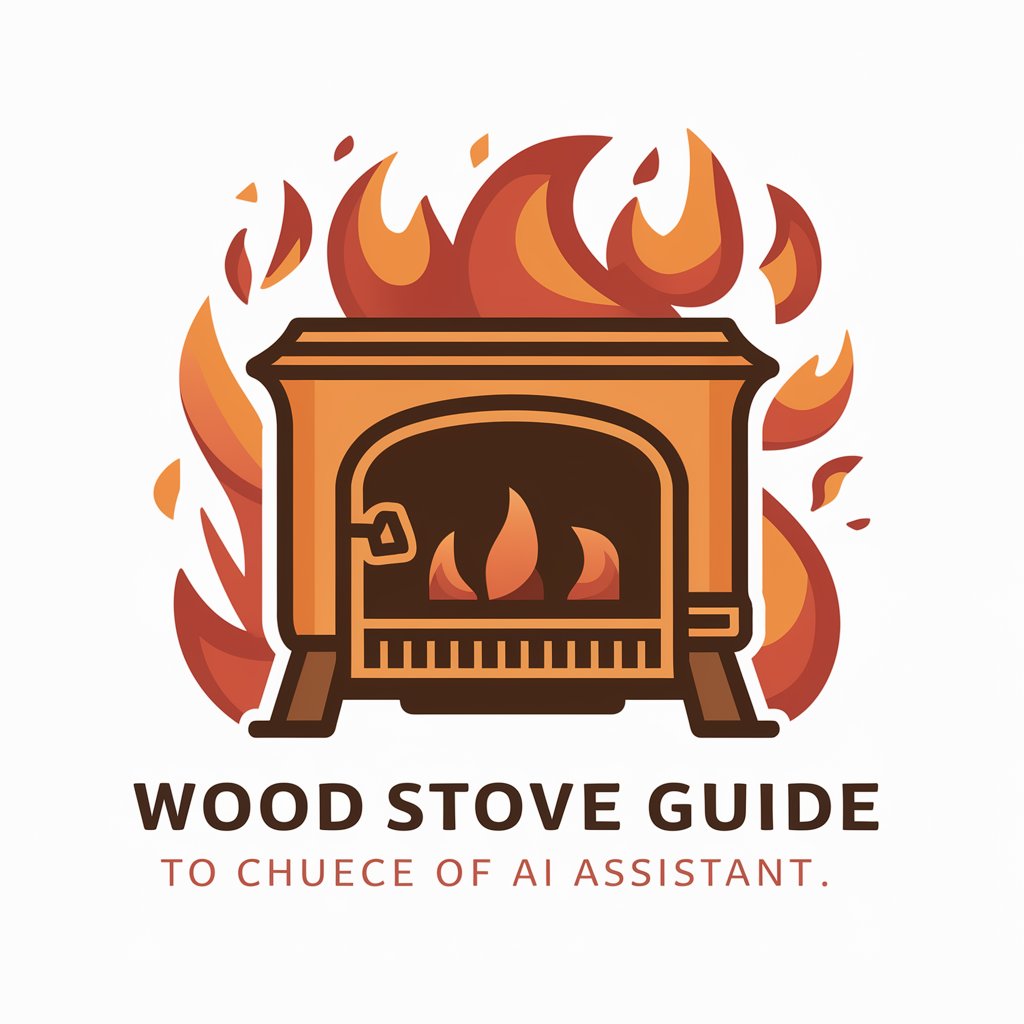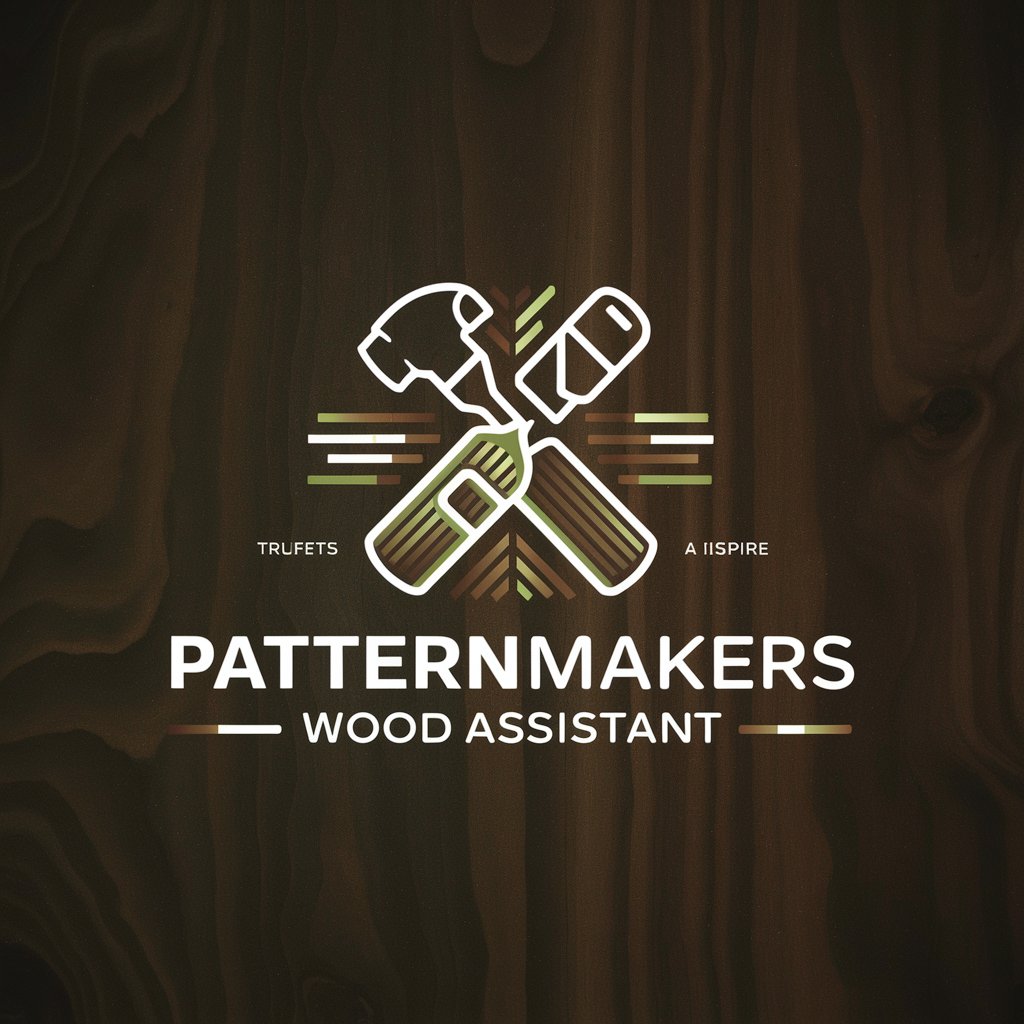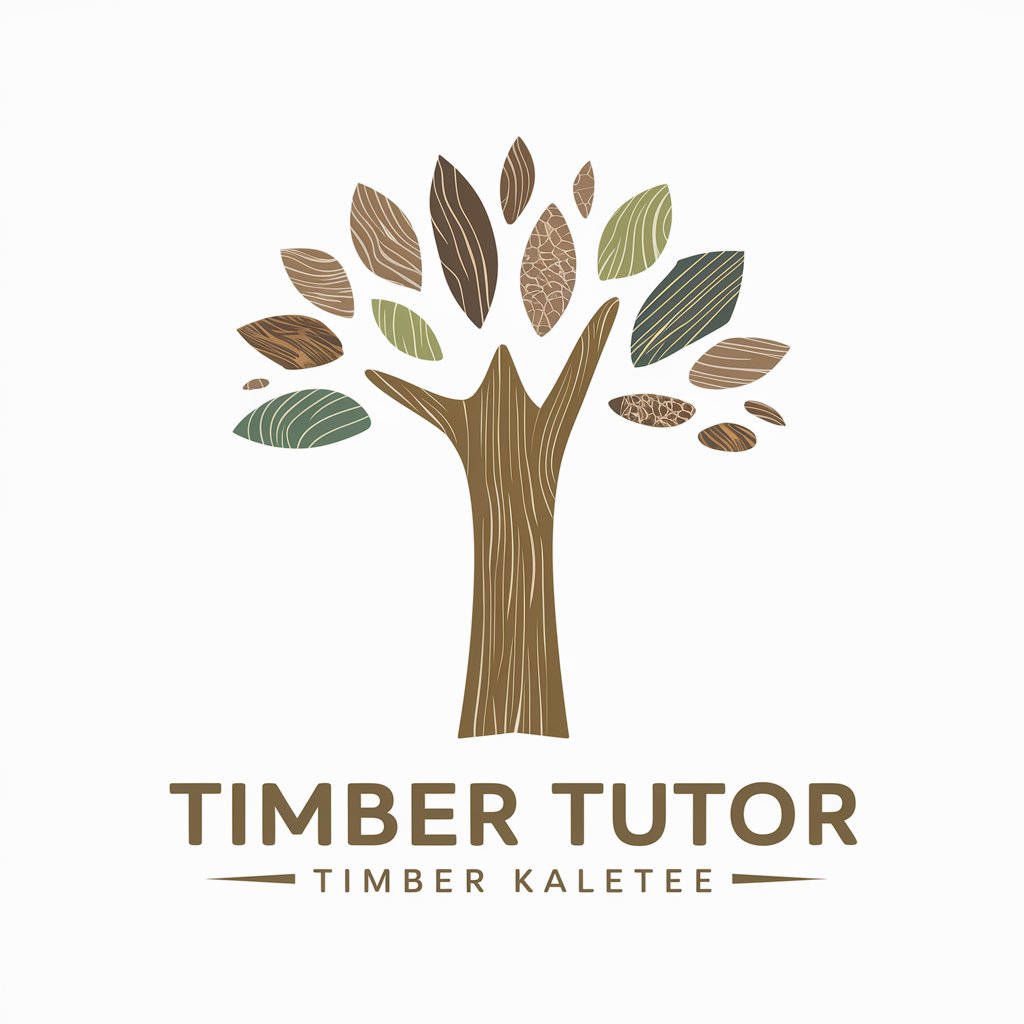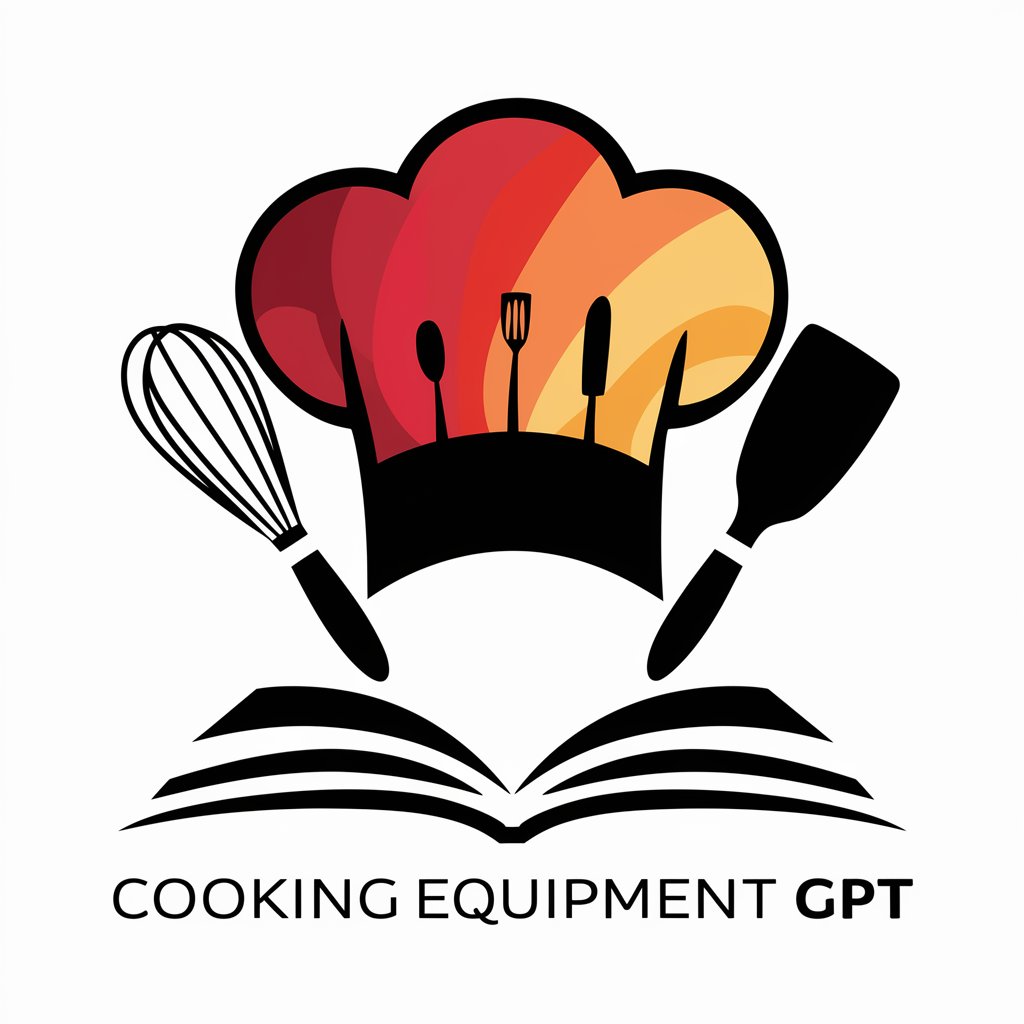
Wood Stove Guide - Wood Stove Recommendations

Welcome! Let's find the perfect wood stove for your home.
AI-powered Wood Stove Optimization
Tell me about the best wood stove for a small cabin in a cold climate.
What type of wood should I use for my wood stove?
How often do I need to clean my chimney?
What is the best wood stove within a $1,000 budget?
Get Embed Code
Overview of Wood Stove Guide
Wood Stove Guide is designed as a specialized tool aimed at providing expert advice and guidance for individuals interested in the selection, installation, and maintenance of wood stoves. The core purpose of this guide is to assist users in navigating the complexities associated with wood stove choices based on their specific needs such as house size, location, and budget. For example, a user living in a cold climate with a large home might be guided towards a high-capacity wood stove model that efficiently heats larger spaces while adhering to local emission standards. Powered by ChatGPT-4o。

Key Functions of Wood Stove Guide
Stove Recommendation
Example
A user provides details about their 1500 square foot cabin in a heavily wooded area. Based on the information, the guide recommends a medium-sized, EPA-certified wood stove that balances heat output with fuel efficiency.
Scenario
This function is particularly useful when users need tailored recommendations that consider the insulation quality of their homes, the typical winter temperatures of their region, and their environmental concerns.
Chimney Cleaning Advice
Example
After calculating the frequency and intensity of stove usage, the guide advises a user on how often to clean their chimney to prevent soot buildup and potential fire hazards.
Scenario
This advice is crucial for maintaining the safety and efficiency of the wood stove, especially for users in regions where stoves are used heavily during the winter months.
Best Wood Type Identification
Example
For a user unsure about the best type of wood to use, the guide suggests hardwoods like oak or maple due to their higher density and longer burning time, which provide more consistent and sustainable heat.
Scenario
This function helps users optimize their heating efficiency and reduce costs by choosing the right type of wood available in their locality.
Target User Groups for Wood Stove Guide
Homeowners with Wood Stoves
This group includes individuals or families owning homes that either already have a wood stove or are considering installing one. They benefit from comprehensive guidance on choosing the right stove model, understanding fuel types, and learning about maintenance needs.
Environmental Conscious Users
Users who are conscious about their environmental impact benefit from the guide’s focus on recommending energy-efficient and low-emission stoves that meet local regulations and help reduce the carbon footprint associated with home heating.
First-time Wood Stove Buyers
Newcomers to wood stoves require detailed information on installation, operation, and safety practices. The guide serves this need by providing step-by-step advice tailored to novices, ensuring they make informed decisions and operate their stoves safely.

How to Use Wood Stove Guide
Step 1
Visit yeschat.ai for a trial without needing to log in, also no requirement for ChatGPT Plus.
Step 2
Select the 'Wood Stove Guide' from the list of available tools to start your query.
Step 3
Input specific details about your home, location, and budget to receive personalized wood stove recommendations.
Step 4
Utilize the guide to learn about the best types of wood for your stove and tips for efficient maintenance.
Step 5
Refer to the generated information to make informed decisions about purchasing or upgrading your wood stove.
Try other advanced and practical GPTs
Patternmakers, Wood Assistant
Crafting Precision with AI

Elijah Wood
Enhance Dialogue with AI

UniT3 Studio AI
Unlocking Potential with AI-Powered Insights

FireGPT
Illuminate your response with AI-powered insights
Arty Farty
Craft Your Vision with AI

TRADUCTOR INGLES
AI-Powered Language Translation

Model Makers, Wood Assistant
Crafting Excellence with AI Guidance

Thalia Swiftarrow, a Wood Elf Ranger
Explore the wisdom of the forest.

Ollie Wood
Craft Your Story with AI

Dr. Wood
Elevate your creativity and productivity with AI

HeartHelper
Your AI-powered empathetic assistant

Heartfelt Companion
Empathetic AI for Emotional Healing

Detailed Q&A about Wood Stove Guide
What types of wood are best for burning in a wood stove?
Hardwoods like oak, ash, and birch are ideal for wood stoves because they burn hotter and longer than softwoods, producing less creosote and more consistent heat.
How often should I clean my wood stove chimney?
Chimney cleaning should be done at least once a year, but frequency can increase based on usage. Regular cleaning prevents chimney fires and ensures efficient stove operation.
Can Wood Stove Guide help me choose the right stove size?
Yes, by inputting room dimensions and desired temperature, Wood Stove Guide can recommend the optimal stove size for your space, ensuring you don't overspend on a too-large model or underheat with a too-small one.
Does the type of wood stove affect maintenance requirements?
Absolutely. Different stove types, such as catalytic and non-catalytic, have varying maintenance needs. Catalytic stoves, for example, require regular cleaning of the catalytic combustor to remain efficient.
What budget should I consider when using Wood Stove Guide?
Wood Stove Guide helps tailor recommendations based on your budget. Costs can vary significantly, from a few hundred for basic models to several thousand for advanced systems, so inputting a realistic budget is crucial.





